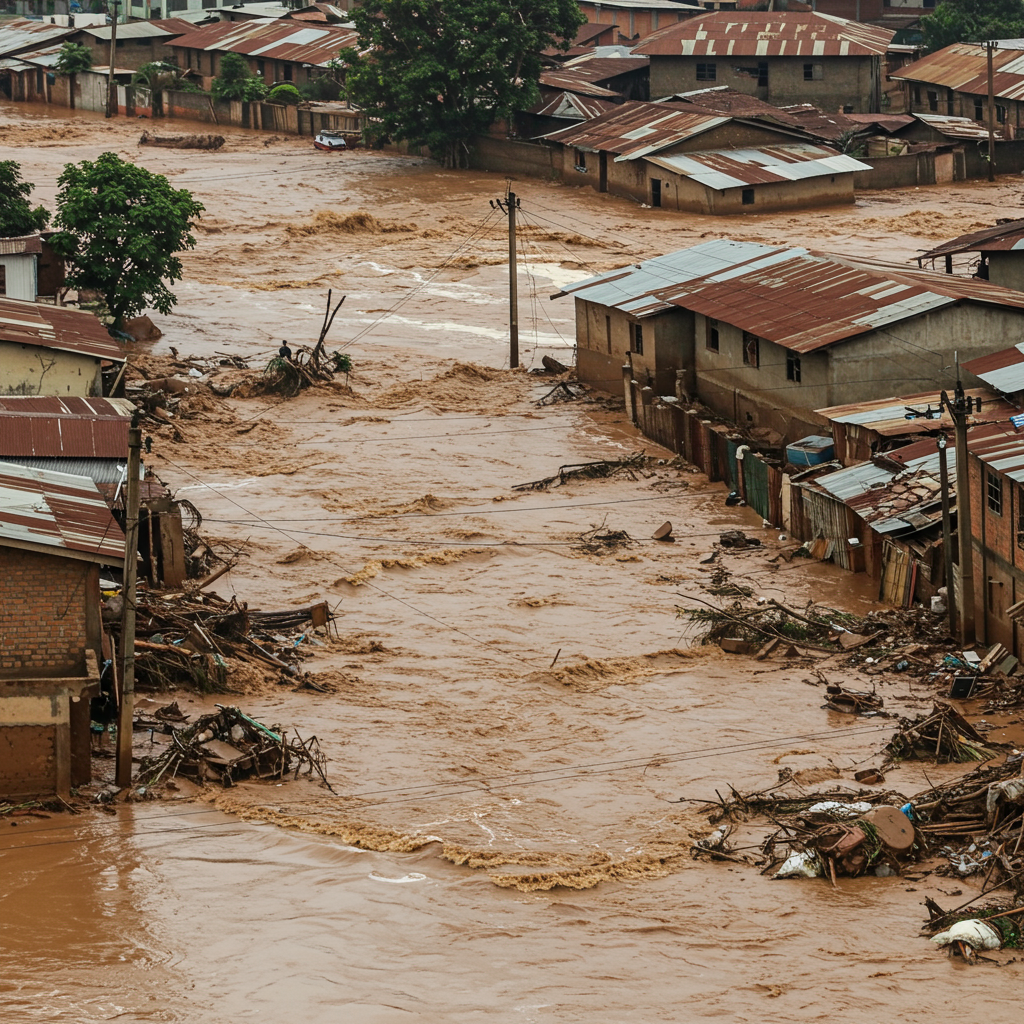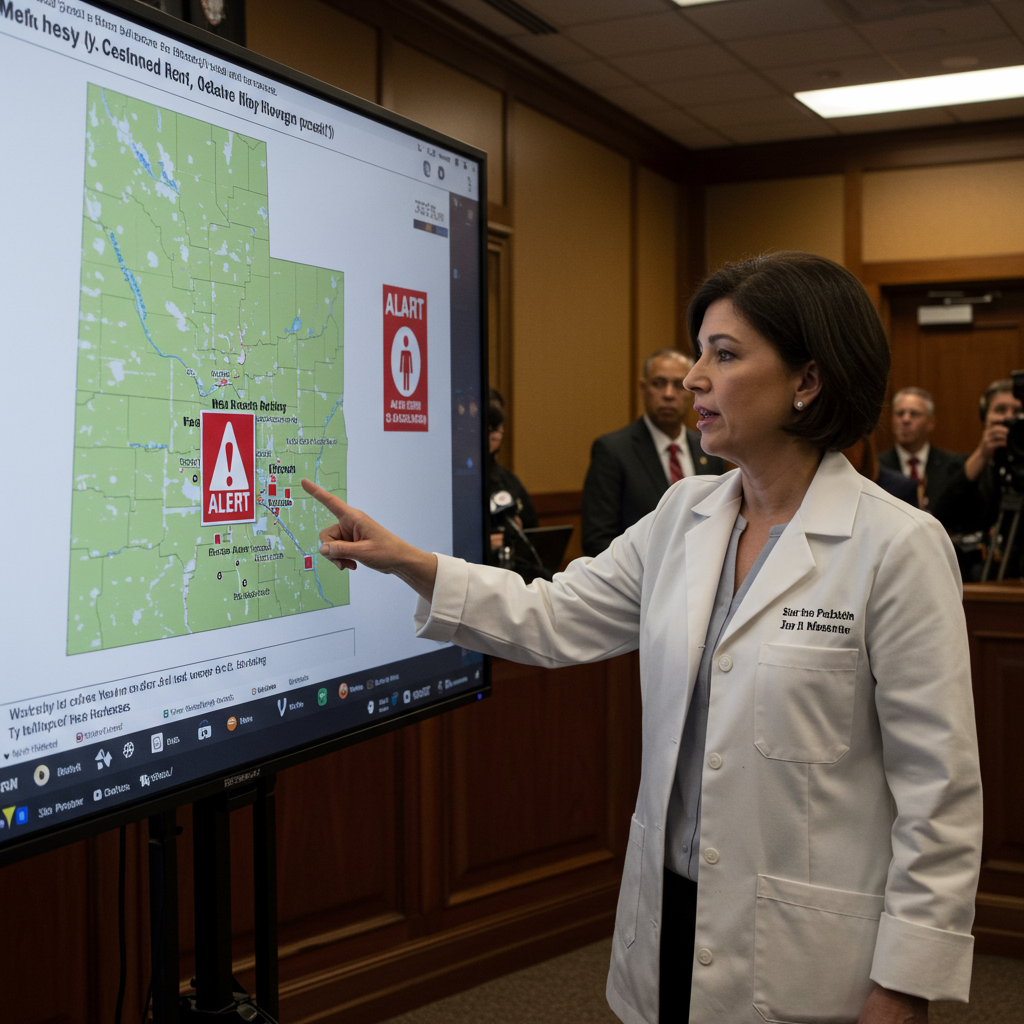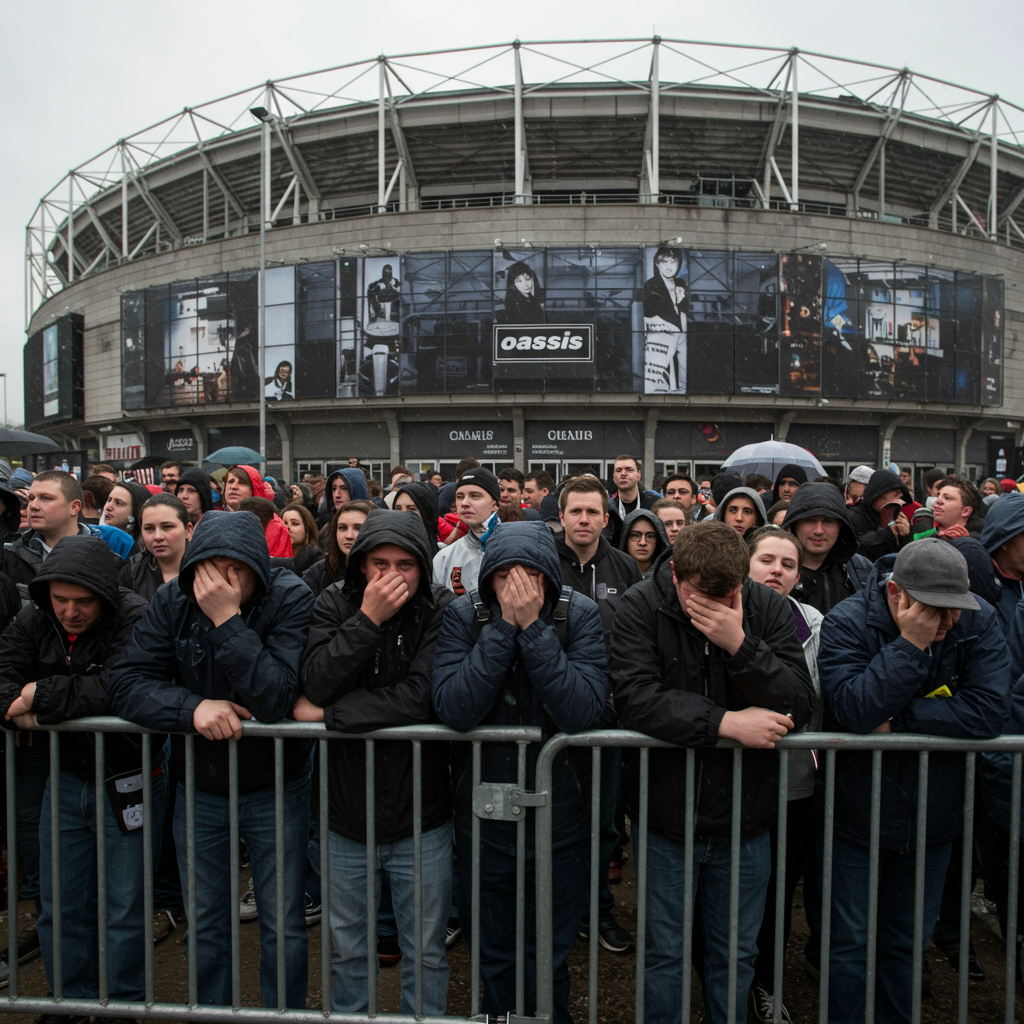Deadly flash floods and landslides have struck Kinshasa, the capital of the Democratic Republic of Congo, following exceptionally heavy rainfall – a rare occurrence during the city’s dry season, which typically runs from June to September. Authorities confirmed that at least 29 people lost their lives in the disaster.
The interior ministry reported widespread devastation across approximately a third of the sprawling city. Homes were swept away by the torrents, roads became impassable due to inundation, and residents experienced widespread power and water outages as infrastructure was crippled.
Unprecedented Rainfall Defies the Dry Season
DR Congo’s meteorological agency, Mettelsat, recorded a staggering 90mm (3.5 inches) of rain on Saturday morning. This single-day total is not only unusually high for the dry period but notably exceeded the rainfall recorded on any single day during the regular rainy season, which typically spans from November to May. Meteorological authorities highlighted this as the highest amount recorded for this specific time of year in recent history.
Underlying Vulnerabilities Exacerbate Disaster
While experts point to climate change as a key factor fueling the intensity of these unusual heavy rains, the devastating scale of the disaster in Kinshasa is significantly worsened by critical urban challenges. Years of inadequate urban planning have resulted in poor drainage systems and a lack of proper infrastructure to manage flash flooding effectively.
Compounding this is the reality that many of Kinshasa’s estimated nearly 18 million residents live in poorly built homes or settlements situated in areas highly prone to flooding and landslides. The city’s rapid population growth, partly driven by an influx of people from other regions of the country, has led to many settling in vulnerable, low-lying areas often lacking basic infrastructure. These infrastructure deficits and vulnerable settlements transform heavy rain into a deadly threat.
Government Response and Ongoing Risks
In response to the crisis, Interior Minister Shabani Lukoo chaired an urgent meeting to coordinate the government’s flood response efforts. The government extended its condolences to the bereaved families and announced it would cover the funeral expenses for the 29 victims.
Kinshasa Governor Daniel Bumba also confirmed that efforts were underway for evacuation and temporary resettlement of affected populations. He urged residents to heighten their awareness of potential disasters and take preventive measures to protect themselves and their property.
This latest tragedy is not an isolated incident. DR Congo has faced multiple deadly floods this year, including flash floods in the eastern South Kivu region in May that killed over 100 people, and another event in Kinshasa in April that claimed more than 30 lives. These recurrent disasters underscore the country’s vulnerability to extreme weather events, exacerbated by climate change and infrastructure deficits. With forecasts projecting continued heavy rains in the coming days, there is an ongoing risk of further damage across the capital.



